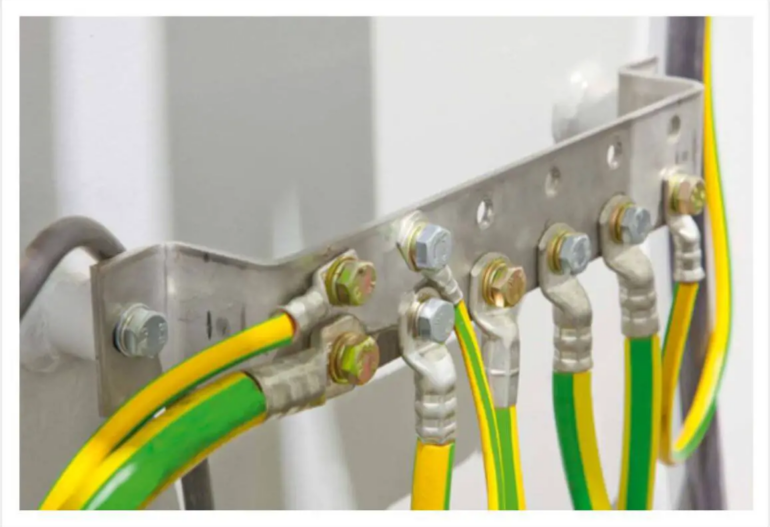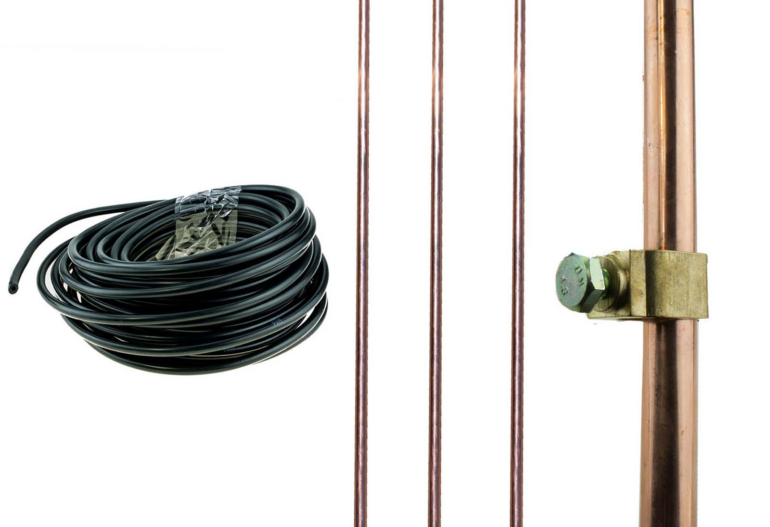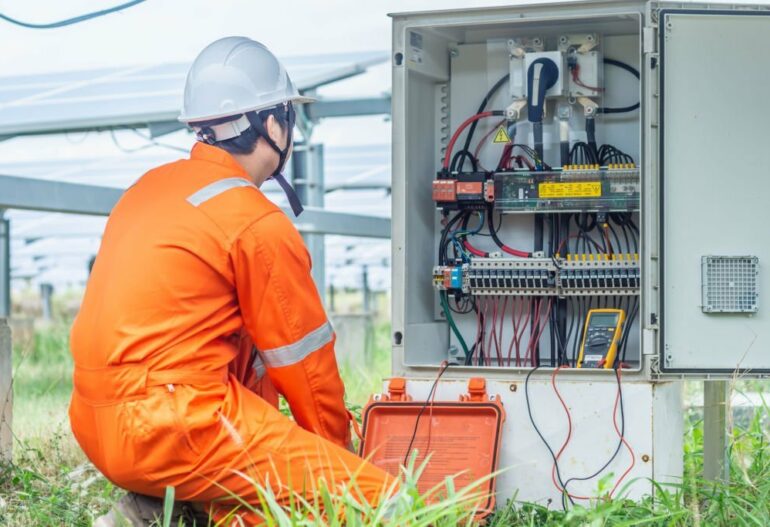In the fast-evolving world of renewable energy, solar power has emerged as a formidable contender to address our ever-growing energy demands while reducing environmental impact. Solar power plants, with their sprawling arrays of photovoltaic panels, have become iconic symbols of sustainable energy generation. However, amidst the glimmering promise of these plants, a crucial aspect is often overlooked – the importance of DC earthing. Grit Technologies Limited is always concerned about proper earthing for both AC & DC sides along with Lightning Arrester.
Unveiling the Solar Symphony
Before we delve into the significance of DC earthing, let’s briefly explore the mechanics of a solar power plant. Solar panels convert sunlight into direct current (DC) electricity, which is then converted into alternating current (AC) electricity through inverters for grid integration. This power transition involves complex electronics and a maze of interconnected cables, posing unique challenges.
The Unnoticed Player: DC Earthing
DC earthing, or grounding, involves the establishment of a conductive path between the earth and the grounded parts of an electrical system. While AC earthing is more widely recognized and practiced, DC earthing often remains in the shadows. This oversight can have severe implications for the operation, safety, and longevity of solar power plants.
The Hidden Risks of Ignoring DC Earthing
- Safety Concerns: The paramount reason for implementing proper DC earthing is safety. Solar power plants deal with high-voltage DC systems that, without adequate grounding, can pose serious risks to personnel working on maintenance and repairs. Without a controlled path for fault currents to dissipate, the likelihood of electrical shock or fire incidents increases significantly.
- Equipment Longevity: Over time, the effects of galvanic corrosion can silently corrode metal components within the solar power plant’s infrastructure. Proper DC earthing mitigates these effects, extending the operational lifespan of crucial components like mounting structures and cables.
- System Reliability: Unwanted voltage levels and potential differences can cause operational malfunctions in the delicate electronics of solar power plants. Proper earthing helps maintain stable reference points, minimizing the risk of system instability and malfunctions.
- Operational Efficiency: Earthing serves as a safeguard against lightning strikes and induced surges, which can damage sensitive electronic equipment. By reducing the likelihood of such disruptions, solar power plants can operate at peak efficiency with minimal downtime.

Implementing Effective DC Earthing
To ensure the safe and optimal operation of a solar power plant, it is imperative to follow these best practices for DC earthing:
- Grounding Electrodes: Install a sufficient number of grounding electrodes, such as ground rods or plates, to create a low-resistance path for fault currents to dissipate.
- Proper Bonding: Establish effective bonding between metal components to prevent the accumulation of static charges and mitigate potential differences.
- Surge Protection: Employ surge protection devices to divert lightning-induced surges away from sensitive components, reducing the risk of damage.
- Regular Maintenance: Perform routine inspections and maintenance of the grounding system to ensure its continued effectiveness.

Conclusion
In the grand symphony of solar power generation, DC earthing plays an unsung yet pivotal role. Ignoring the significance of proper DC earthing can lead to safety hazards, equipment degradation, operational inefficiencies, and even financial losses. As the renewable energy landscape continues to expand, a holistic approach to safety and system integrity must be taken.
Solar power plants are not just about capturing sunlight; they are about harnessing energy responsibly and sustainably. By embracing the often overlooked aspect of DC earthing, we can ensure that these powerhouses of clean energy continue to shine brightly for generations to come.




